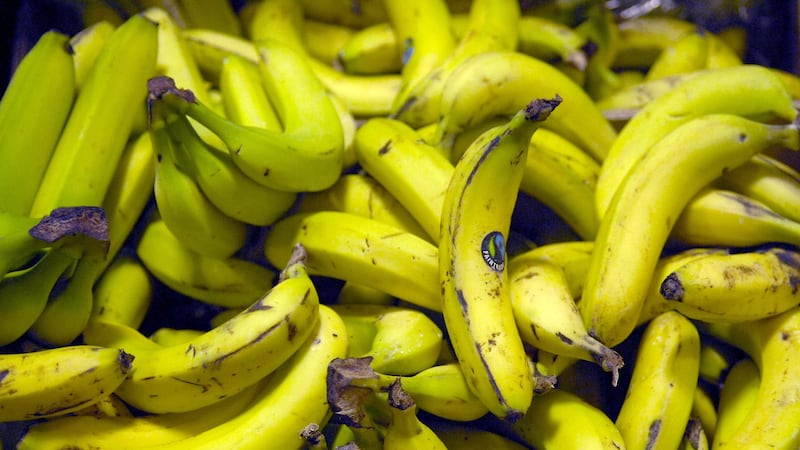THE LAZY bed isn't as common as it once was, but the remnants of this once near ubiquitous cultivation method can still be seen across swathes of Ireland's West coast, and in Western Scotland also. These parallel ridges of fertile growing medium, very often climbing up a southern facing slope and commonly topped up with seaweed, were for centuries – before and after an Gorta Mór – the staple way of growing the island's staple vegetable – potatoes.
Lazy beds ('ainneor' or 'iompú', as Gaeilge, and 'feannagan' in Scots Gaelic) were one of the original 'no dig' methods. However, it is not our ancestors but Japan's Masanobu Fukuoka who is largely credited with popularising this 'slow' approach to growing vegetables in the early-to-mid 20th century. Fukuoka’s favoured straw and poultry manure, spreading it on the surface of the soil and allowing nature to do the rest. It's a philosophy that has now gone mainstream, especially in terms of reducing the output of carbon, which is released every time the earth is disturbed.
Digging and turning over the ground damages rather than enhances the soil, Fukuoka and his followers say. By digging, we disturb the complex, symbiotic relationship that exists between the soil surface and micro-organisms below. Digging also allows nutrients and moisture to escape, as well as causing soil compaction and erosion. The other advantage of no digging is fewer weeds, as they are less likely to germinate if the ground is undisturbed.
Recently I saw a new variation on this method in the form of the 'lasagne garden', a low maintenance, organic layered bed that utilises cardboard, that cheap yet under-valued material so readily available to most gardeners. It is possible to build a 'lasagne' bed directly on top of grass, as long as you plan to add plenty of material that will suppress any perennial weeds. Ideally, you'd want to be adding to your bed over winter, with the weather helping rot down the garden waste, grass cuttings, kitchen scraps, and newspaper that over a matter of months will coalesce into a rich growing medium. You can start now and be ready to add a crop of second early spuds in a matter of weeks' time. If you want to contain your bed, use a wooden frame on which you can place a board that'll enable access from above, reducing compaction.
Sometimes known as sheet composting, the lasagne approach involves stacking a range of compostables in layers. Like in composting, ensure the organic material you incorporate is well balanced between so-called green, nitrogen-based (eg grass cuttings) and brown, carbon (wetted cardboard), alternating layers of each . Manure is recommended but don't plant into it unless well-rotted and broken down, otherwise you risk 'burning' your young crop or at best seeing lots of lush, tender growth that'lll be susceptible to pests and diseases.

Another advantage with this type of low-maintenance bed is that they are more drought resistant, retaining water better and allowing it to slowly leech out into the soil over the season. Potatoes are best as the first crop in your bed as they will cleanse the ground, while their foliage will help discourage leaves. Use an oscillating hoe between the rows.
Once the beds are established, they can get topped with a six to eight inch layer of compost either in autumn or the spring.








